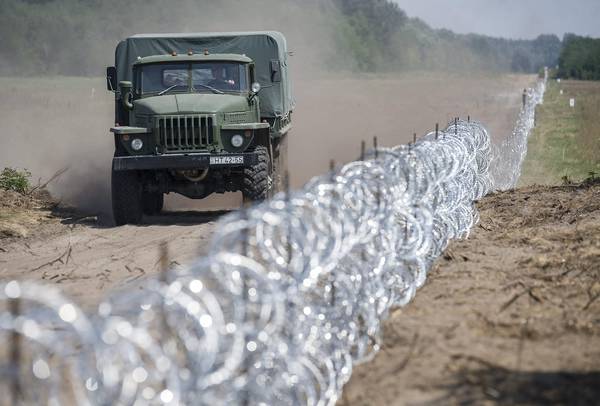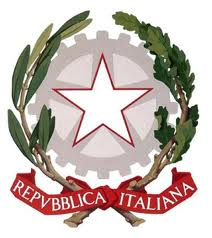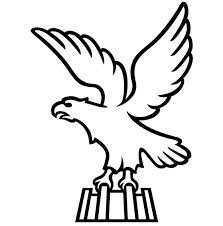Migrants: Vienna and Ljubljana prepare to build new fences
In winter, flow decreases, calm before 'spring storm'
22 December, 13:50(ANSA) - Spielfeld / DRAGONJA (AUSTRIA / SLOVENIA), DEC. 17 - The weather is getting colder and tighter controls at the southern end of the Balkan route have been established. No wonder that the flow of migrants crossing Slovenia and Austria has greatly decreased compared with recent months, but it could just be the calm before a new 'storm', next spring. Vienna and Ljubljana, in order to avoid being unprepared, are working to strengthen security on the borders.
Slovenia is doing so by extending the existing 137km of barbed wire along the Slovenian-Croatian border in Istria; Austria is building a 40km metal fence on the border between Austria and Slovenia at Spielfeld. Both fences have the same goal: to funnel refugees towards guarded crossings, in order to better control them. At Spielfeld, a crucial crossing point in Austria, the fence is seen as an inevitable solution, even though arrivals have been 'just' 1,000 per day in the last days, after peaks - in autumn - of 7-8,000 arrivals per day.
''The winter season has reduced the arrivals, but the fence is necessary. It allows you to monitor who enters'', says Reinhold Hoeflechner, mayor of Strass- Spielfeld. ''The people here are happy with the building of the fence, they feel safer'', he remarked, admitting that ''there are those who are against''.
Among these, the Polz family, entrepreneurs who own vineyards in the hills sorrounding Spielfeld, and who should allow the destruction of a thousand plants to facilitate the building of the fence. They have already said 'no' and the fence will have a 300m 'hole'. Helmut Strobl, former politician and land owner along the border, spoke of ''unnecessary move'' and Austrian ''Orbanisation''.
You can find another hole - only a few metres long - in Slovenia, that has already put up 137 kilometres of barbed wire and that, in the words of the Secretary of State for Home Affairs, Bostjan efic, assured that the entire border could be completely ''sealed''. Anyway, someone is against the fence.
At Dobova, where trains carrying migrants arrive from Croatia, the fence was built some weeks ago, regardless of decreasing flows. At the reception centre near the station ''there is no one'', says the head of the structure, Sebastjan, pointing at the empty tents. ''The situation is calm'', says Sonja Cvetkovic, a resident.
''The barbed wire? No need'' she adds immediately with 'disgust', saying later ''I am glad my parents, deported to Germany during the Second World War, are dead and should not see all this again''. Istria, a peninsula which is divided between Slovenia and Croatia, is the area where you can find the strongest opposition to fences.
Barbed wire - 4.5 kilometers have been put up in the peninsula so far - should be removed immediately, ''we do not need it'' and ''it is likely to cause problems to local economy and tourism'', said Valter Flego, President of the Region of Istria. Along with mayors from Slovenia and Croatia, Flego protested yesterday at the Dragonja crossing, on the border between Slovenia and Croatia. All together, the authorities of two different countries, have protested against the barbed wire. Here, at the heart of Istria, nobody seems to want it and - so far - its usefulness is highly debatable. (ANSA).














